Okay, okay, we're all a little bit obsessed with shipping container houses. And while the reality is a shipping container house isn't for everyone, House 28 - clinging precariously to the hillside, taking in stunning views of the ocean - will help you understand where that obsession comes from...
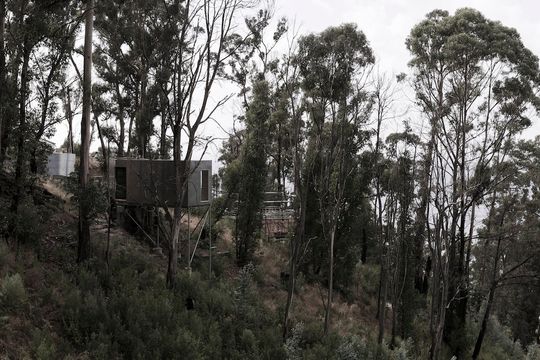
There's something captivating about an old, out-of-service shipping container (or three) being delivered to your site, arranging them, carving a few choice holes and moving in, isn't there? It sounds so simple. So affordable. Of course, it's slightly more involved than that, because structural integrity, but you get the idea (for the love of god and your safety, hire an engineer before you go carving up your shipping containers like a plump Sunday roast and stacking them on top of each other).
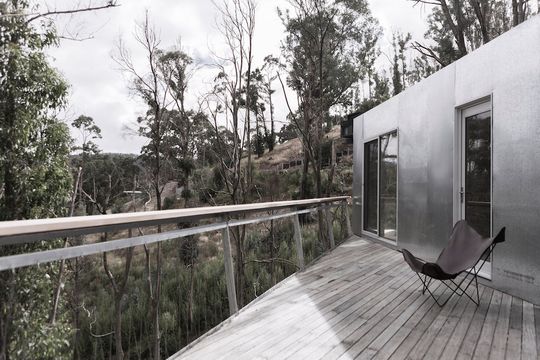
This container house in Wye River was designed by Studio Edwards as a weekend retreat which you can rent on AirBnB here. Studio Edwards took three 20ft containers (for the imperial illiterate like me, that's about 6 metres long), connected two to create a living space with a toilet, laundry and entry and used the third to create a sleeping wing with two bedrooms, a toilet and a shower. By splaying the two wings and constructing a deck in between, circulation can happen outside, meaning there's no need for internal corridors which would chew up valuable space.
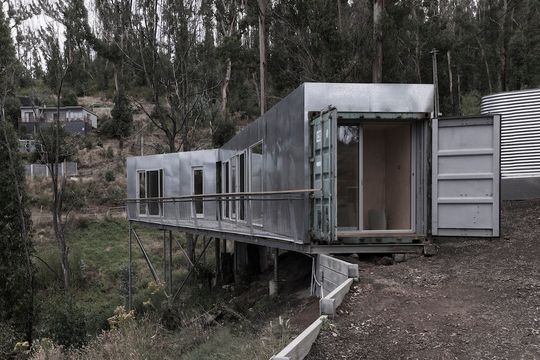
The three containers are propped on steel stilts so they float among the trees, skirting the hillside. While it looks precarious, the stilts are, of course, sitting on deep concrete pile foundations which anchor the home to the hillside. The containers' inherent structural integrity made it easier to prop them over the hill. Being steel, the use of shipping containers also helped the home to achieve the necessary bushfire rating and helped with access issues to the site.
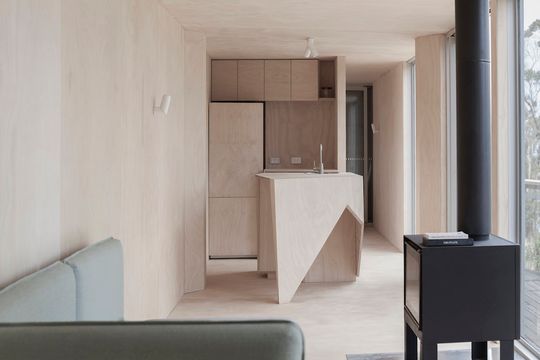
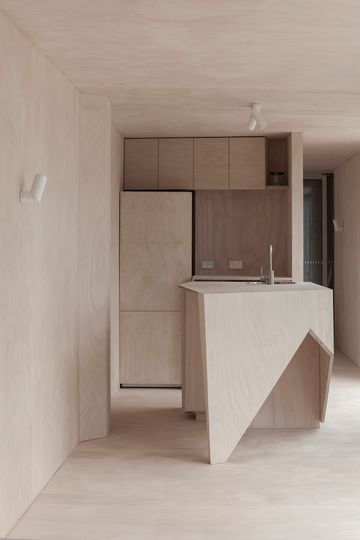
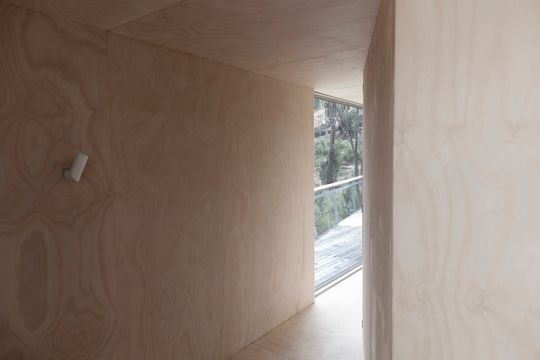
One of the problems with living in a shipping container is their narrow width. And at 2.35 metres internally, they are narrow. Studio Edwards helped to maximise the width by putting a second layer of insulation and cladding of galvanised steel sheeting on the outside of the containers. The windows and deck overlooking the ocean also help to make the home feel larger, in-spite of its diminutive width.
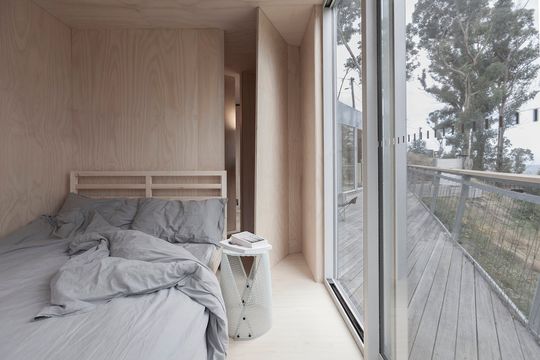

Internally the containers are lined with marine plywood, a naturally durable and warm material.
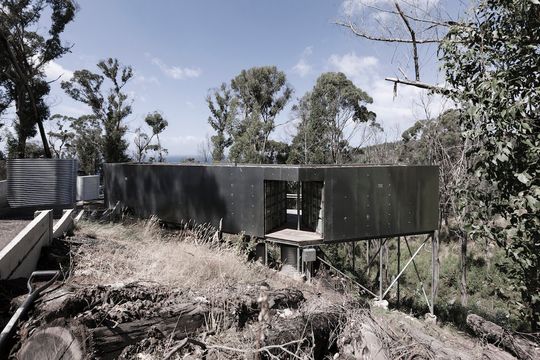
The northern side of the home has fixings to allow for planting wire to encourage native plants to envelop the home. There is also a green roof planted with native dichondra to provide additional thermal insulation and rainwater filtration. Eventually, the home will camouflage into the surrounding bushland and disappear into the hillside.
